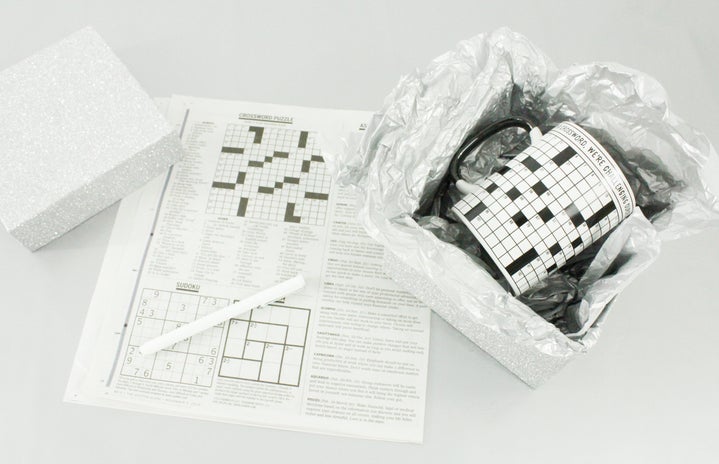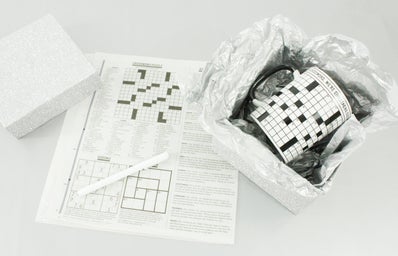On a Monday morning back in Jan., I found myself perplexed by a strange term dominating my Twitter feed: “Wordle.” Some tweets talked about their first word of the day, others described a newfound addiction to this strange website. But what is Wordle?
For almost two weeks now, I’ve been playing Wordle and it has ruined my life. The game involves a series of squares which can be filled in with letters, similar to crossword puzzles or hangman. There are six rows of five blocks. The player starts by putting any five letter word into the initial five blocks. Then, those blocks will turn either gray, green, or yellow. Gray means the letter is not in the word, yellow means the letter is in the word but in a different square and green means the letter is in the word and the correct square. Players win when they get the full word in six or fewer tries. Everyone has the same end word and can only play once per day. After solving any day’s puzzle, a chart is displayed depicting the user’s streak or how often the user wins or consistently plays. Sounds simple enough, right?
Created by software engineer Josh Wardle, Wordle had less than one hundred daily users following its release in Oct. 2021. Now, as of Jan. 2022, the game has more than two million users worldwide. This meteoric increase can be traced back to a user posting their results – with emojis so the word wouldn’t be spoiled – on social media. The subsequent virality launched Wordle as a fresh, addictive, cultural juggernaut.
To the disappointment of many, Wordle has recently been bought by The New York Times. After buying the game, the famous news company released a statement in which they stated that the game would remain free “for a while.” This led many users to fear that Wordle would soon be pay-to-play like its subscription-based new owners. Despite this, Wardle has promised fans that he is working closely with The New York Times to ensure the game stays free.
Some people, however, still find this hard to believe and have taken to finding alternate routes to play the game everyday. After the app gained popularity, copycat apps started popping up on The App Store and Google Play. Now, keep in mind, the official Wordle everyone has gone crazy for, is not and has never been an app. It’s a website. Many app creators have taken this unexpected reality and created apps with the same name as the site to lure unsuspecting people. Many of these games play almost identically except, on occasion, they may allow the user to play numerous times a day. Another alternative, as explained in one Twitter thread, is to download the html code of the official site to one’s computer. This would theoretically allow anyone to play the game for free, even if The New York Times locks it behind a paywall.
Personally, I like to start my Wordle with whatever word pops into my head first. Many people, though, will strategize. I’ve seen some people use words like Adieu. In my eyes, that’s just cheating since Adieu technically isn’t an English word. Nevertheless, I will continue to enjoy this sudden juggernaut for as long as it stays free. After all, as bad as it is for my sleep schedule, staying up until midnight every night to play a new Wordle game is what I currently live for.


